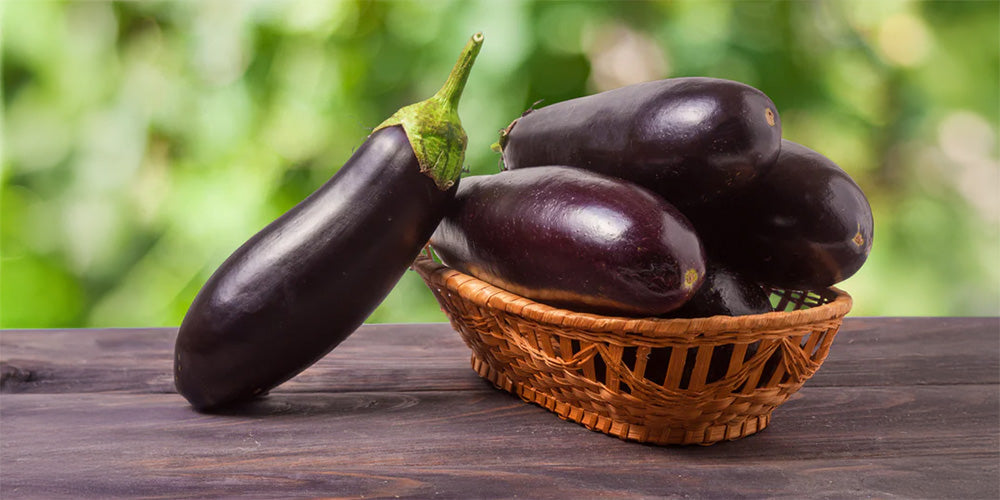As unlikely as it may sound, some vegetables actually contain a certain amount of nicotine. This is especially common in nightshade plants. This assumption is not that far-fetched when you consider that nicotine is extracted from the tobacco plant and is therefore also of plant origin.
We will explain how high the nicotine content is in vegetables and why eggplants in particular are often mentioned in connection with the stimulating substance. In addition, we will tell you where you can get high-quality nicotine-containing products that provide a real kick.
Do eggplants really contain nicotine?
Rumor has it that among the nightshade family, it is mainly eggplants that have a high nicotine content. However, this is a myth, because the nicotine content is so low that it is sometimes not even scientifically detectable. The amount of the substance varies and depends on the degree of ripeness of the plant and how it is prepared. One kilogram of eggplant contains up to 100 µg of nicotine. By comparison, a single cigarette contains eight to 20 mg of nicotine. One milligram (mg) corresponds to 1000 micrograms (µg). Even a passive smoker absorbs much higher amounts of nicotine than by eating eggplant.
When the body absorbs nicotine, various effects develop in the brain. For example, you feel more relaxed and your concentration is sharpened. However, the nicotine content in vegetables is far too low to even trigger such a condition. So you don't have to worry about eggplants being addictive or stimulating your nerves.
What should you bear in mind when preparing and eating eggplants?
In local supermarkets, eggplants are mainly sold in purple, but the egg-shaped fruits actually also come in white and green. Eggplants have a short shelf life and should therefore be consumed promptly after purchase. You can store the fruit outside of the refrigerator. When selecting them, you should make sure that the skin is firm and shiny and that there are no dark spots on the flesh.
Aubergines should always be boiled or cooked, because raw they contain the substance solanine, which can cause stomach problems. If you want to extract some water from the aubergines before cooking, you can rub the slices with a little salt. This will make the consistency softer after cooking and the fruit will be less bitter.
Which other vegetables contain nicotine?
In addition to aubergines, there are other vegetables that contain small amounts of nicotine. As already mentioned, these are nightshade plants, which also include the tobacco plant. The vegetables containing nicotine include:
- peppers
- tomatoes
- potatoes
- cauliflower
Can the amount of nicotine in eggplants be enough to replace nicotine products?
The amount of nicotine in eggplants is certainly not enough to have the same effect as in tobacco products. It is only a trace amount that is not perceived by the body.
If you are looking for nicotine-containing products, you can try either snus or tobacco-free nicotine pouches. These have different nicotine levels and provide a decent kick. When consumed, the small pouches are placed under the upper lip and the active ingredients take effect in a few minutes. For snus beginners, varieties with a low nicotine content are better, so that unpleasant symptoms such as headaches or nausea can be avoided.
Conclusion – nicotine is indeed in aubergines, but it doesn't play a role
Small amounts of nicotine have been detected in nightshade plants such as eggplants, potatoes and tomatoes. They belong to the same plant genus as the tobacco plant. However, these amounts are in the microgram range, which do not trigger any effect in the body and are not addictive.
If you want to feel the effects of nicotine, you should opt for other products such as snus or nicotine pouches.




 Dieses Produkt schädigt Ihre Gesundheit und macht stark abhängig.
Dieses Produkt schädigt Ihre Gesundheit und macht stark abhängig.